USING LIBRARY DATABASES TO DO DIGITAL HUMANITIES WORK IN THE CLASSROOM
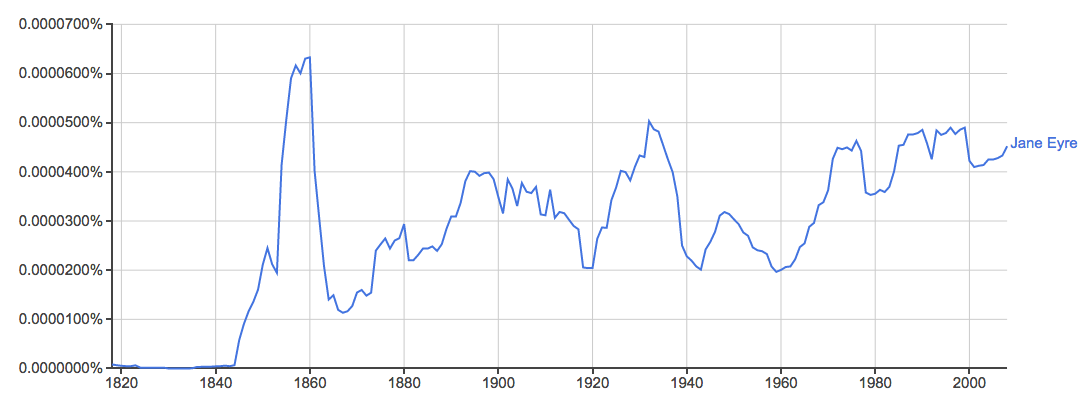
Amy Barlow, Rhode Island College
CT Information Literacy Conference
June 17, 2016
URL: slides.com/amybarlow/distantreading/
TALKING
POINTS
- What is distant reading?
- Distant reading for the student researcher
- Databases and distant reading
- Sample Activity: MLAIB
- Conclusions
Distant Reading
“The idea of processing content in (subjects, themes, persons, places, etc.) or information about (publication date, place, author, title) a large number of textual items without engaging in the reading of the actual text.”
Johanna Drucker, Professor of Information Studies, UCLA
No reading.
Distant reading is a digital humanities concept invented by by literary critic Franco Moretti to describe a computer-based analysis of text.
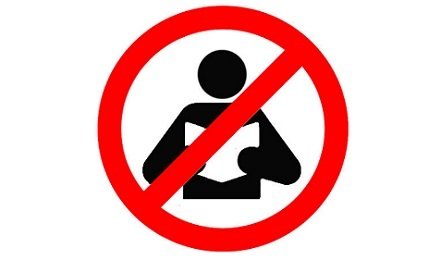
Unlike the methodology of close reading, which relies on a careful, concentrated reading of a text, distant reading uses computer applications to mine texts on a scale that would be impossible for humans.
Why?
How not to read texts
There are many distant reading methods, from basic word frequency experiments to complex computer programming.
An example of a basic exercise:
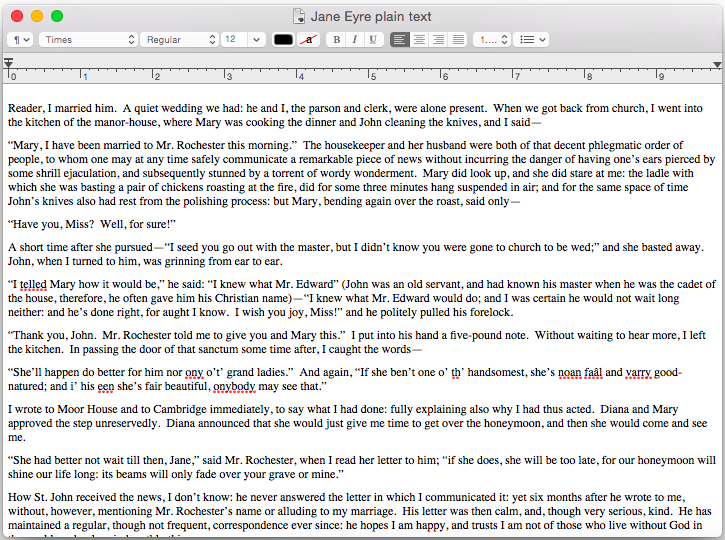
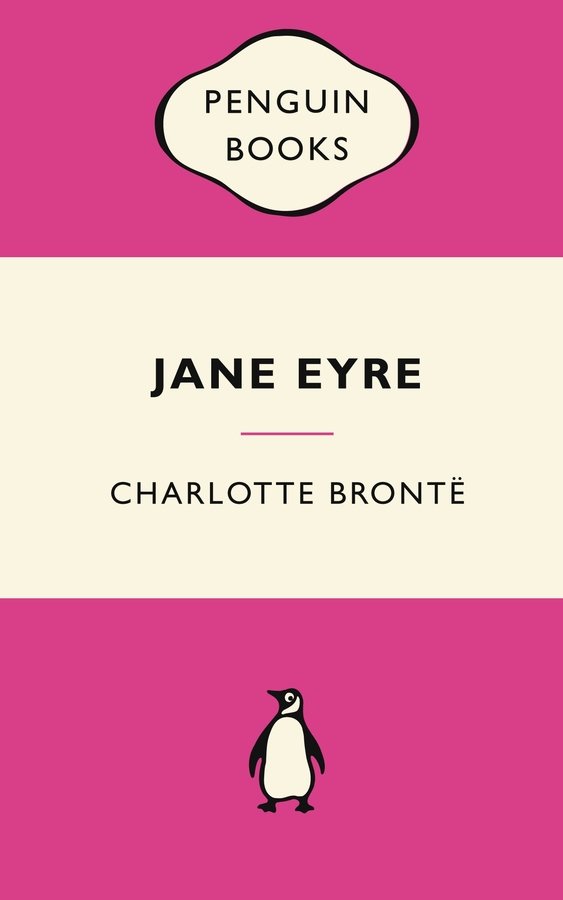
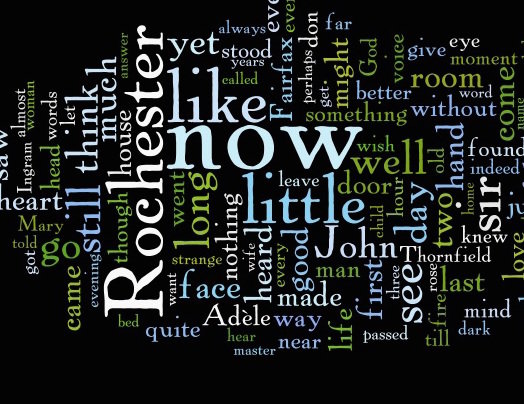
Analyze
Choose a text
Download .txt file
Make a word cloud
And not so basic.
Scholars working in interdisciplinary teams to develop systems for text mining and visualizing the torrent of information available via social media and other digital sources.
Twitter Zombie (PHP)

Corpus: Twitter
Visualization
Data Collection
Images source: Sternfeld, Joshua. 2014. “Historical Understanding in the Quantum Age.” Journal of Digital Humanities 3 (2).
Distant Reading for
Undergraduate Researchers

When performed as part of the research process, distant reading can help students to:
-
Organize and wrap their minds around a large, complex collection of secondary literature
-
Get acquainted with the history of a field or subject
-
Survey scholarship on a topic, identifying patterns, trends, and oddities worthy of further exploration through traditional methods
-
Develop hypotheses
Popular research assignments that require students to survey, organize, and analyze scholarship on a large scale:
- Reviews of literature
- Historiography
- Reception studies
- Others?

Image source: Baltic Worlds
It may not be feasible, however, for students to download massive amounts of journal content for common distant reading experiments, such word clouds and text mining.
Why not?
- Time
- Learning curve/Technical expertise
- Format: No HTML, OCR, or poor OCR
- Publishers' licensing restrictions
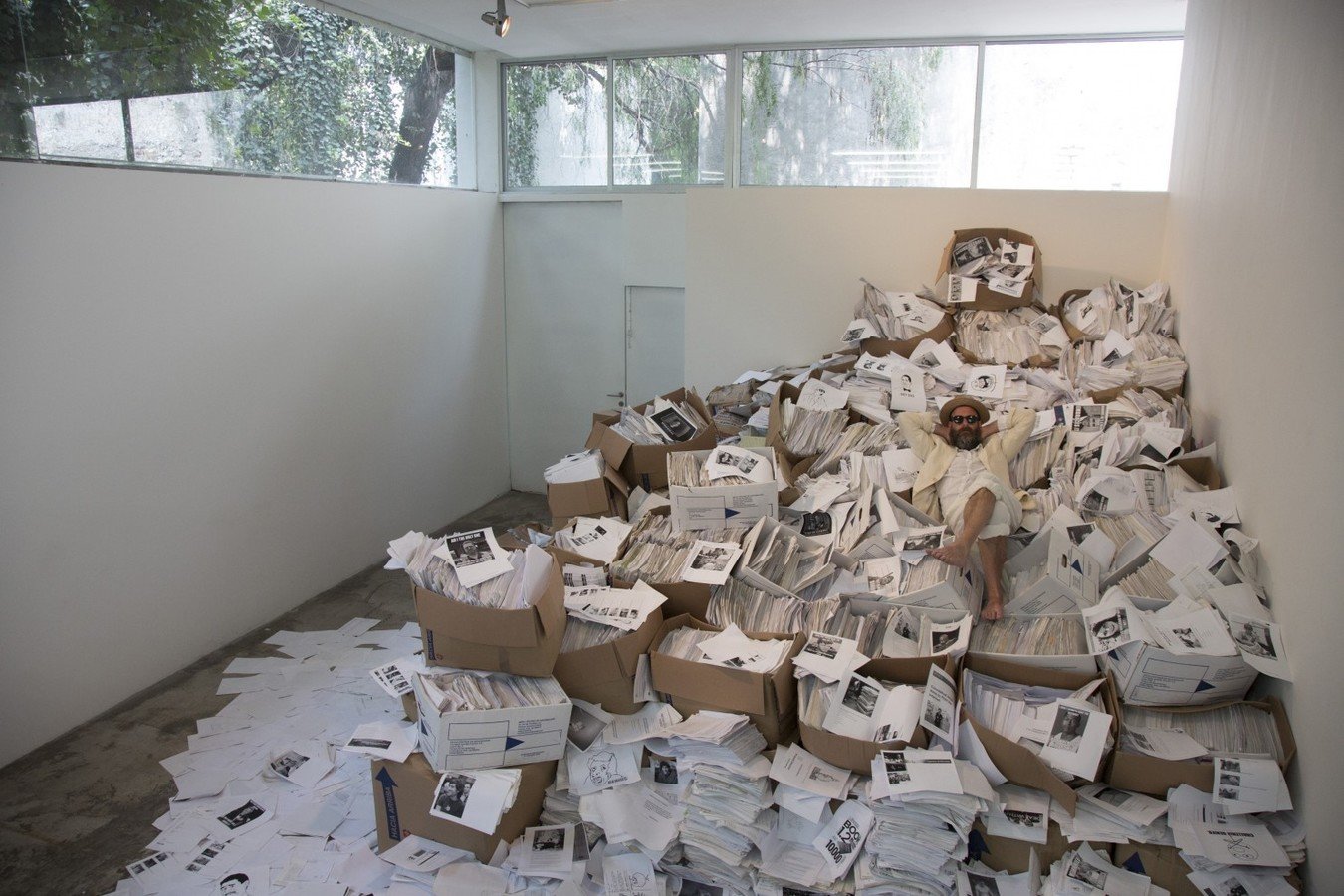
Photo from Kenneth Goldsmith's Printing the Internet project. Source: The Creator's Project
An alternative to text mining
- Librarians can leverage their in-depth knowledge of commercial library databases to design distant reading activities that take advantage of bibliographic metadata
- Approach supported by Drucker's definition of distant reading
- Provides simple alternative to data mining and other advanced research methods
Methodology
- Select a database
- Choose keyword(s) and construct a search
- Gather data
- Plot data
- Analyze results
Sample Activity: MLA International Bibliography
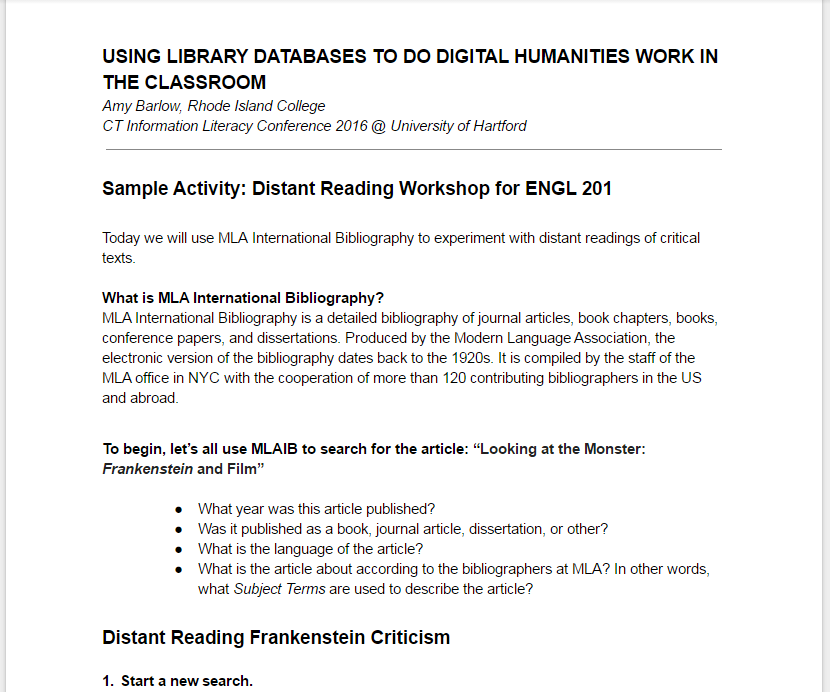
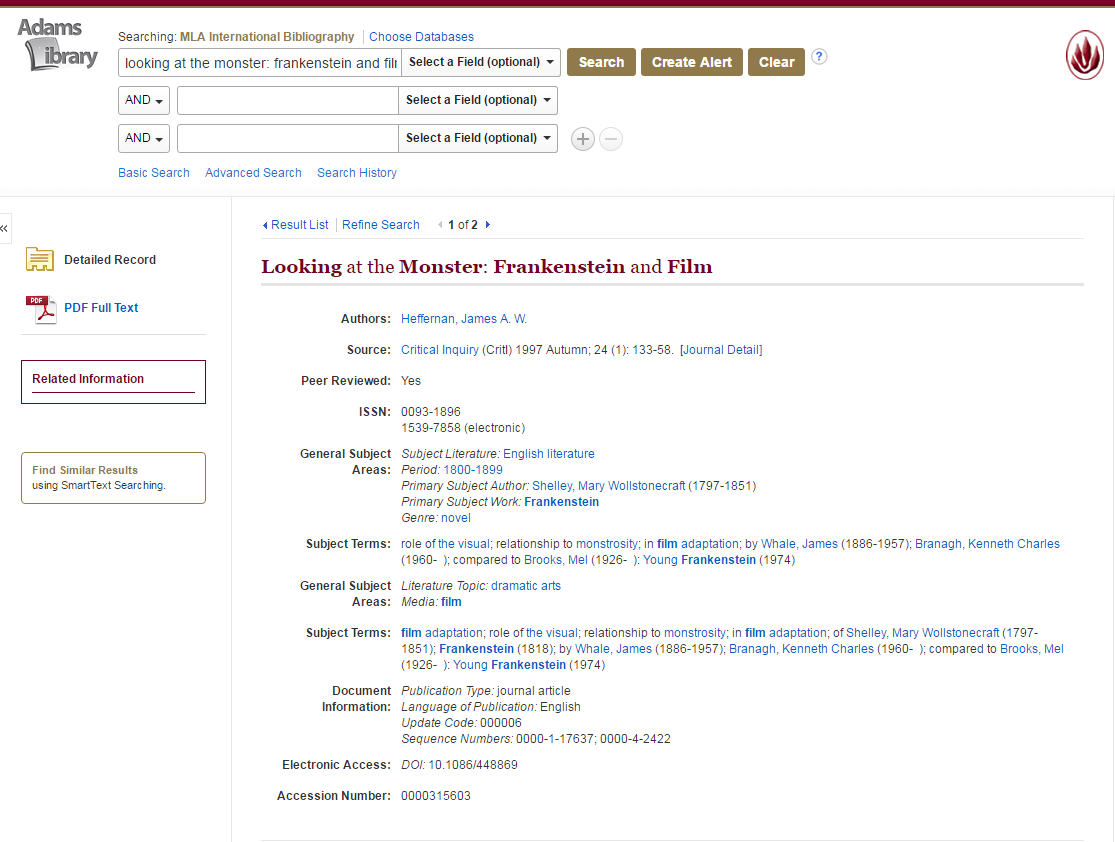

1980s

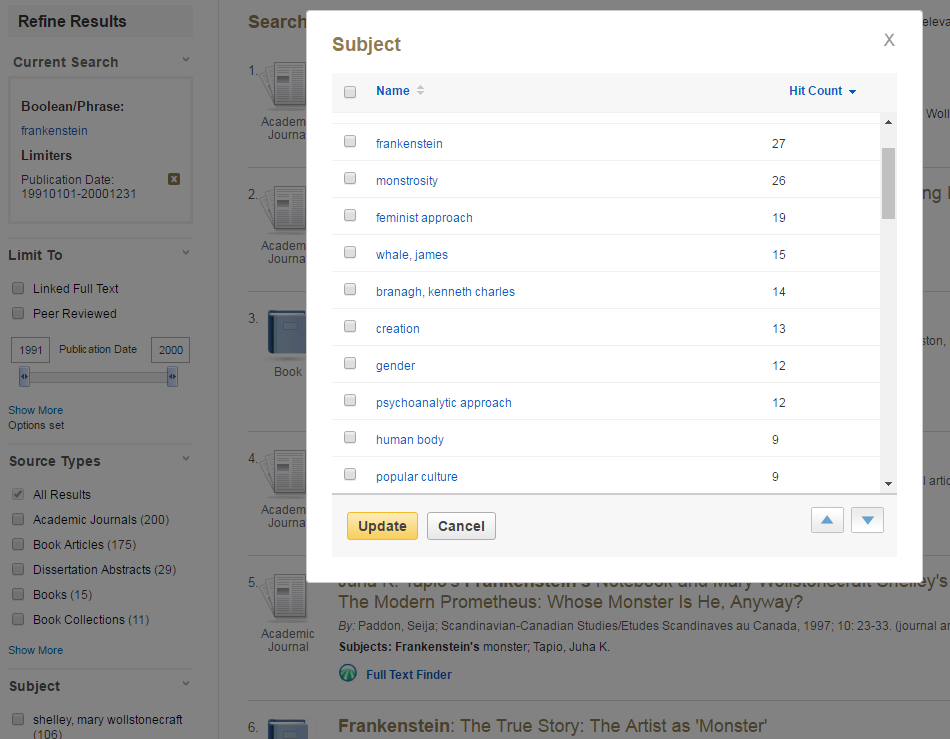
1990s
1
100
200
300
1960
1970
1980
1990
2000
2010
2020
MLAIB Frankenstein Results by Decade
Composition
Philosophy
Romanticism
Psychoanalytic
Pedagogy
Film Adaptation
Feminist Approach
Film Adaptation
Feminist Approach
Science Fiction
Artificial Life
Motherhood
Film Adaptation
Monstrosity
Prometheus
Intertextuality
Film Adaptation
Genre Conventions
Ecocritcal
Posthuman
Human Body

Goodson's article deals with the depressive mood of the Romantic period and the 1990s. It looks at the text of Frankenstein and a movie made in the 90s, and suggests that the director, Kenneth Branagh, portrays Frankenstein as a medical student and suicidal. The monster is a product of depression.
Like many articles published in the 1990s, Goodson writes about the relationship between the film and novel. What is unique about it is its focus on depression and its reference to pharmaceuticals in the 90s.
1996
Conclusions
Summary of benefits to researchers:
-
Introduces digital humanites method
-
Provides contextual information early in the research process
-
Sparks curiosity
-
Supports hypothesis development
-
Compliments close reading
-
Teaches database search skills
No.
Are the results a perfect record of all scholarship on a topic?
Activity is designed as a jumping off point for research. Students should be encouraged to critique the tools.
-
Select a database
- Coverage and course subject
- Quality of metadata and indexing (find database performance research)
- Prior experience or user friendly
-
Choose keyword(s) and construct a search
- kw accurately identifies idea, person, or place under analysis
- kw does not return a significant number of irrelevant hits
- kw is not new or susceptible to linguistic shifts
- Cautioned use of controlled fields
-
Gather data
- May require series of separate searches
- Spreadsheet
-
Plot data
- Graphs, maps, timelines, trees, so many options!
-
Analyze results
- Generate questions
- Identify a manageable sample of texts to be subjected to close reading
Detailed Methodology (in progress)
Adapted from Bob Nicholson, "Counting Culture; or, How to Read Victorian Newspapers from a Distance," Journal of Victorian Culture 17.2 (2012): 238-246.
Faculty Consultation
- Find faculty on campus who practice DH or have an interest in learning
- Best if lesson is an integrated piece of a class assignment
- Preparing students: DH reading; critical reading; or database training
- Method can be structured to meet the needs of researchers at various academic levels
Black, Alan, Christopher Mascaro, Michael Gallagher, and Sean P. Goggins. 2012. “Twitter Zombie: Architecture for Capturing, Socially Transforming and Analyzing the Twittersphere.” In Proceedings of the 17th ACM International Conference on Supporting Group Work, 229–238. GROUP ’12. New York, NY, USA: ACM. doi:10.1145/2389176.2389211.
Drucker, Johanna. 2016. “Introduction to Digital Humanities: Concepts, Methods, and Tutorials for Students and Instructors.” UCLA Center for the Digital Humanities. Accessed March 4. http://dh101.humanities.ucla.edu/.
Ferguson, Jen. 2016. “Subject Guides: Text and Data Mining Library Databases: Policies for Library Subscription Databases.” Accessed May 10. http://subjectguides.lib.neu.edu/textdatamining.
Fyfe, Paul. 2011. “How to Not Read a Victorian Novel.” Journal of Victorian Culture 16 (1): 84–88. doi:10.1080/13555502.2011.554678.
Graziano, Vince. 2012. “Retrieval Performance and Indexing Differences in ABELL and MLAIB.” Journal of Electronic Resources Librarianship 24 (4): 268–87. doi:10.1080/1941126X.2012.732509.
Jockers, Matthew Lee. 2013. Macroanalysis: Digital Methods and Literary History. Urbana: University of Illinois Press.
Liddle, Dallas. 2012. “Reflections on 20,000 Victorian Newspapers: ‘Distant Reading’ The Times Using The Times Digital Archive.” Journal of Victorian Culture 17 (2): 230–37.
References
Mellone, James T. 2010. “A Critical Analysis of SocINDEX and Sociological Abstracts Using an Evaluation Method for the Practicing Bibliographer.” Behavioral & Social Sciences Librarian 29 (2): 133–57. doi:10.1080/01639261003742249.
Mimno, David. 2012. “Computational Historiography: Data Mining in a Century of Classics Journals.” Journal on Computing and Cultural Heritage 5 (1): 3:1–3:19. doi:10.1145/2160165.2160168.
Nicholson, Bob. 2012. “Counting Culture; Or, How to Read Victorian Newspapers from a Distance.” Journal of Victorian Culture (Routledge) 17 (2): 238–46.
Schulz, Kathryn. 2011. “The Mechanic Muse - What Is Distant Reading?” The New York Times, June 24. http://www.nytimes.com/2011/06/26/books/review/the-mechanic-muse-what-is-distant-reading.html.
Seadle, Michael S. 2016. “Managing and Mining Historical Research Data.” Library Hi Tech 34 (1): 172–79. doi:10.1108/LHT-09-2015-0086.
Soules, Aline, Liorah Golomb, James R. Kelly, and Barbara Chen. 2014. “Navigating the MLA Bibliography—Redux: Performance Across Vendor Platforms and Discovery Tools.” Journal of Library Administration 54 (2): 107–26. doi:10.1080/01930826.2014.903367.
Sternfeld, Joshua. 2014. “Historical Understanding in the Quantum Age.” Journal of Digital Humanities 3 (2). http://journalofdigitalhumanities.org/3-2/historical-understanding-in-the-quantum-age/#historical-understanding-in-the-quantum-age-n-10.
Todd, Julia. 2006. “Choosing Databases for Sociology Studies : SocINDEX or Sociological Abstracts?” Online 30 (4): 35–38.
References
